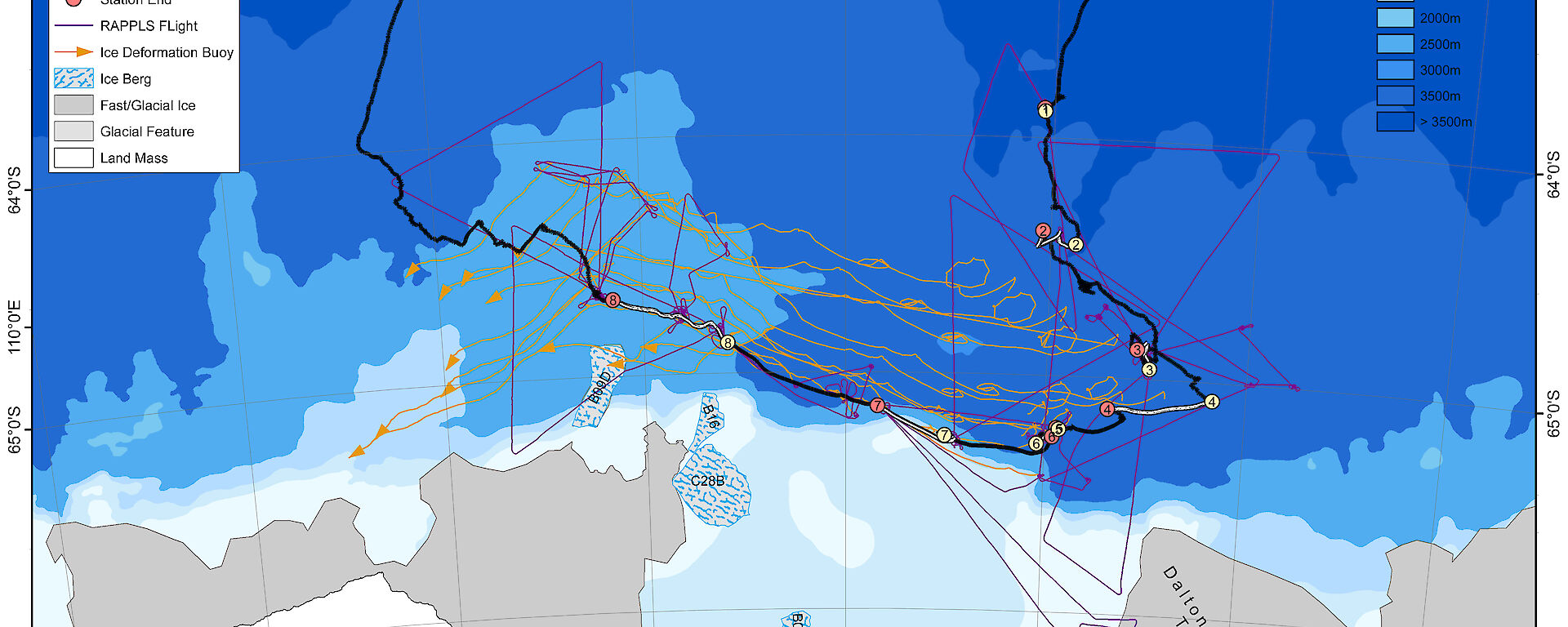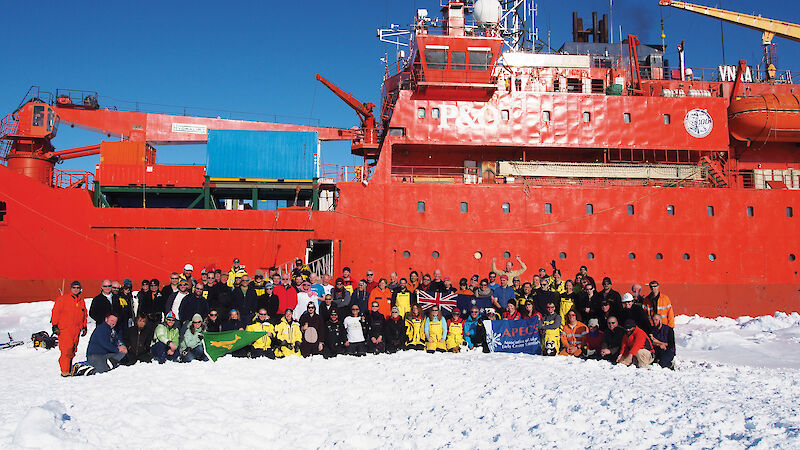The advance and retreat of sea ice is one of the largest physical and biological phenomena on earth, which drives biological process and is highly vulnerable to changing climate. We know little about these important global processes but for eight weeks, between September and November this year, I travelled with international experts in polar sea ice, snow, algae and krill research to learn more about these phenomena in the spring-time sea ice zone in East Antarctica.
The occasion of the voyage was the second Sea Ice Physics and Ecosystem eXperiment (SIPEX-II); the first such voyage was conducted in 2007 as part of the International Polar Year.
The research voyage brought together some 50 scientists from 9 countries — Australia, United States, Germany, France, New Zealand, Switzerland, Japan, Belgium and Canada. It also brought together a suite of high-tech research tools to study snow, sea ice and the associated biology from all angles — from the air, on the ice floes and beneath the ice.
The main aim of SIPEX-II was to estimate snow cover and sea ice thickness and distribution in East Antarctica at small (via ice floe measurements) and regional (via airborne ice surveys) scales, and to better understand the importance of sea ice for the growth and distribution of sea ice algae and Antarctic krill. This information will help scientists assess the likely impacts of climate change on the physical and biological elements of the East Antarctic sea ice zone.
The stories on the next five pages, provide an insight into some of the research. For more stories read the SIPEX-II blog



